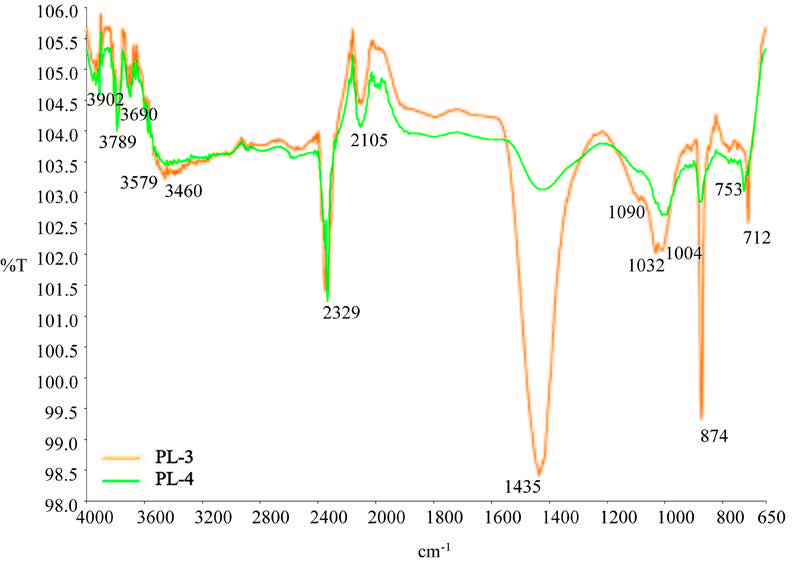Soils and sediments of Prošće Lake catchment as a possible terrigenous input in the lakes system
DOI:
https://doi.org/10.3986/ac.v49i1.7547Keywords:
Plitvice Lakes National Park, FTIR, XRD, soil mineralogyAbstract
The Plitvice Lakes National Park is in the northwestern part of the Dinaric Karst in central Croatia. An important role of the soil in the karst is to purify the waters before they reach the phreatic zone. The soil is also a zone of accumulation, transformation, retardation and dilution of a potential pollutant. Knowing soil mineralogical composition is an important factor in understanding fate and transport of contaminants throughout lakes system. Samples of soil, peat and stream sediment were collected in the Prošće lake catchment and partly in the assumed zone of influence, X-ray diffraction (XRD) and Fourier Transform Infrared spectroscopy (FTIR) analysis of samples was performed to determine dominant mineral species in samples. XRD analysis showed predominance of lowquartz, which was found in all samples, most often as dominant phase. Dolomite was found in half of the samples, almost always as a significant phase while calcite was dominant phase in one of the samples. In most of the samples, members of the feldspars and chlorites groups, as well as muscovite, were present as minor phases. The absorption bands in the range of 2800-3000 cm-1 due to the organic matter are visible in spectra of all samples. These minerals can enter lakes system by surface waters, primarily streams and overland flow during snow thawing and rain, and also in cases of shore erosion. Terrigenic input in lakes is small but cannot be neglected due to the longlasting preservation efforts of the Prošće Lake recharge area, and the Plitvice Lakes National Park in general, terrigenous intake still does not pose a threat to water quality and tufa production. Considering the analyzed samples and characteristics of detected soil constituents, soils and sediments in the Prošće Lake catchment have the ability to retain and purify water on its way to the lakes. On the other hand, in case of the possible contamination in the recharge area of the lakes system, the pollutants can enter the system adsorbed on the soil particles. Learning more about the soils surrounding lakes gives valuable insight into their possible influence on lakes water chemistry and adds one piece of the puzzle into understanding this kind of a natural phenomenon.
Downloads

Downloads
Published
How to Cite
Issue
Section
License

This work is licensed under a Creative Commons Attribution-NonCommercial-NoDerivatives 4.0 International License.
Authors guarantee that the work is their own original creation and does not infringe any statutory or common-law copyright or any proprietary right of any third party. In case of claims by third parties, authors commit their self to defend the interests of the publisher, and shall cover any potential costs.
More in: Submission chapter




